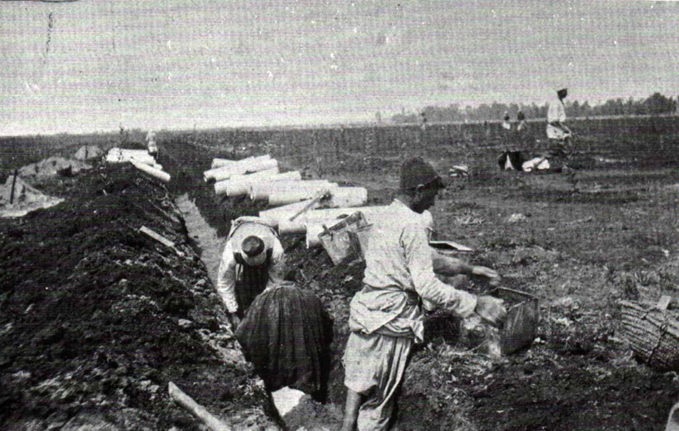Petah Tikvah Is Founded

November 3, 1878
Petah Tikvah (Gateway of Hope), today Israel’s 7th largest city, is established by a group of religious Jews desiring to leave Jerusalem and establish an agricultural moshav. The group had originally sought out land near Jericho for their settlement but were unable to get consent from the Ottoman authorities to transfer the ownership of the land parcel.
Instead, the group purchased a 3,400 dunam piece of land from a Greek owner near the Yarkon River and next to the Arab village Mulabbis. (A dunam is a unit of land area used in the Ottoman Empire; one dunam equals 1,000 square meters)
The initial settlement was short lived due to disappointing harvests and an outbreak of malaria. In 1882, there were only 10 houses and 66 residents. As conditions further deteriorated, due to health hazards, the residents abandoned the settlement. In 1883, a new group of immigrants from Russia, part of the Bilu movement whose goal was agricultural settlement in the Land of Israel, settled in Petah Tikvah and were soon aided by Edmund Rothschild who provided funds to drain the area’s swamps. The draining of the swamps enabled the new residents to plant citrus groves which in turn led to economic development and more residents. By 1900, there were 818 residents in Petah Tikvah.
The photo above shows pioneers draining Petah Tikvah’s swamps in 1906.